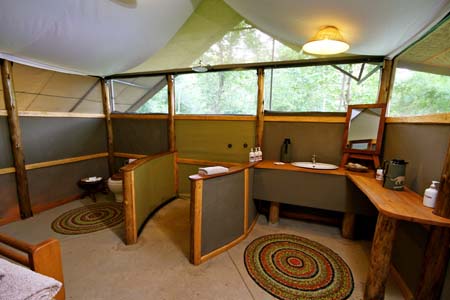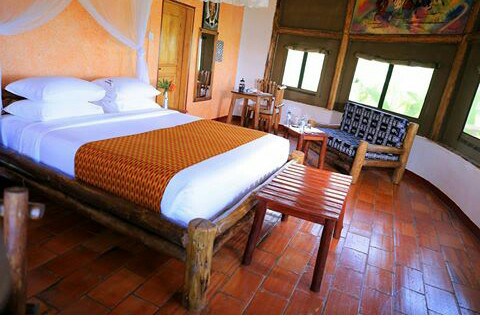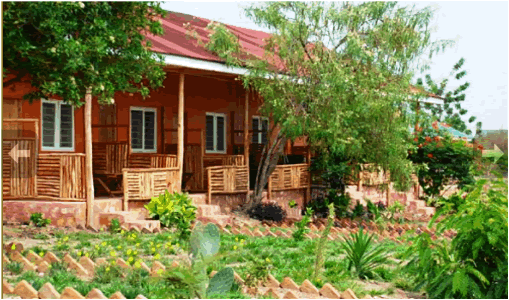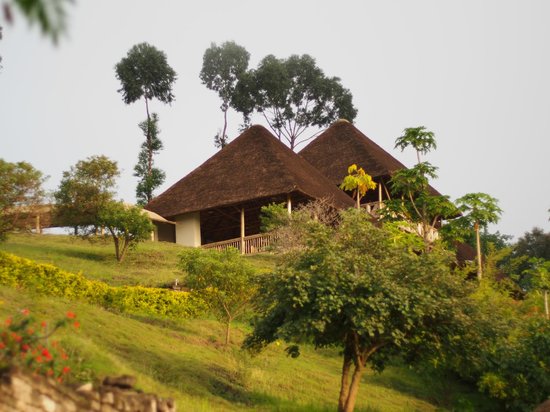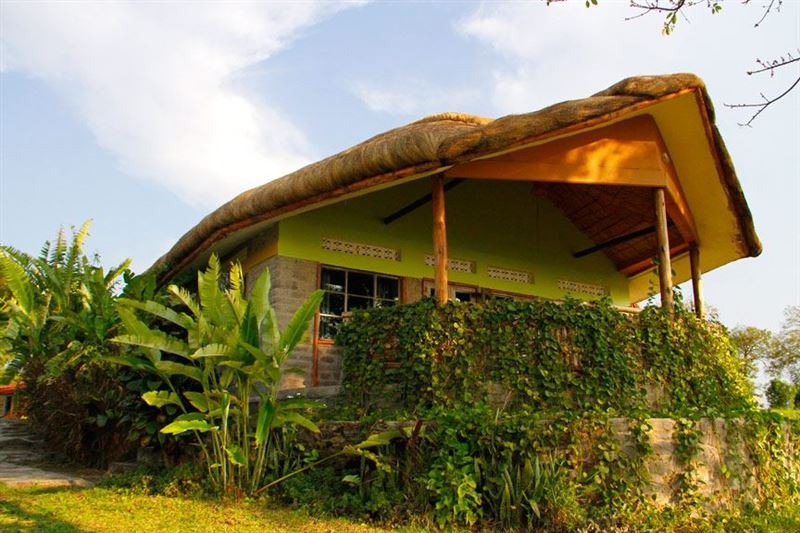Queen Elizabeth National Park is probably the best option since it contains a wide variety of wildlife and is easily accessible in the western corner of Uganda and takes about 4-5 hours driver from Kampala the capital city of Uganda. As such it is near Kibale Forest, the Virunga Volcanoes and Bwindi Impenetrable Forest and thus it can be combined with gorilla and chimp tracking.
The park is located at the base of the ‘Mountains of the Moon the Rwenzori Range and the views from some of the camps are simply spectacular.
Queen Elizabeth National Park boasts an array of wildlife including lion, leopard, elephant, antelope including the native Ugandan cob and the park is home to over 600 bird species – a quarter of Africa’s total birdlife! It spans an area of about 2000 sq km with rolling hills and savannah plains, lush rainforest, crater lakes and the Kazinga Channel. This 32km long body of water runs between Lake Edward and Lake George and is filled to the brim with hippos and crocodiles.
The park is expansive and most tourists choose to stay in and around the village on the Mweya Peninsula. It is set on a splendid waterfront at the base of the Rwenzori Mountains and offers great game viewing. For those wishing to get off the beaten track, the Ishasha Sector is remote, rough and ready with its tree-climbing lions. And you can head to the beautiful Lake Mburo National Park which is halfway between Queen Elizabeth and Kampala
Flora and fauna
The park is home to 95 mammal species while the birdlist is 612 species long. This diversity is the result of an impressive range of habitats. Fifty-seven vegetation types have been identified though these can be summarised as just five: forest; grassland; bushy grassland; Acacia woodland and lakeshore/ swamp vegetation. Residents of the park’s grasslands include elephant, Cape buffalo, Uganda kob, waterbuck, warthog, giant forest hog, lion, leopard and hyaena. Topi are found in Ishasha, while forest primates are found in Kyambura Gorge and Maramagambo Forest.
Queen Elizabeth National Park has an impressive birdlist exceeded only by the neighbouring (and far larger) Virunga National Park. Key bird species include martial eagle, black-rumped buttonquail, African skimmer, Chapin’s flycatcher, pink-backed pelicans, white-winged warbler, papyrus gonolek, papyrus canary, corncrake, lesser and greater flamingo, and shoebill stork.
ACTIVITIES:
– Game Drives
– Bird Watching
– Launch Cruise
– Nature Walks

